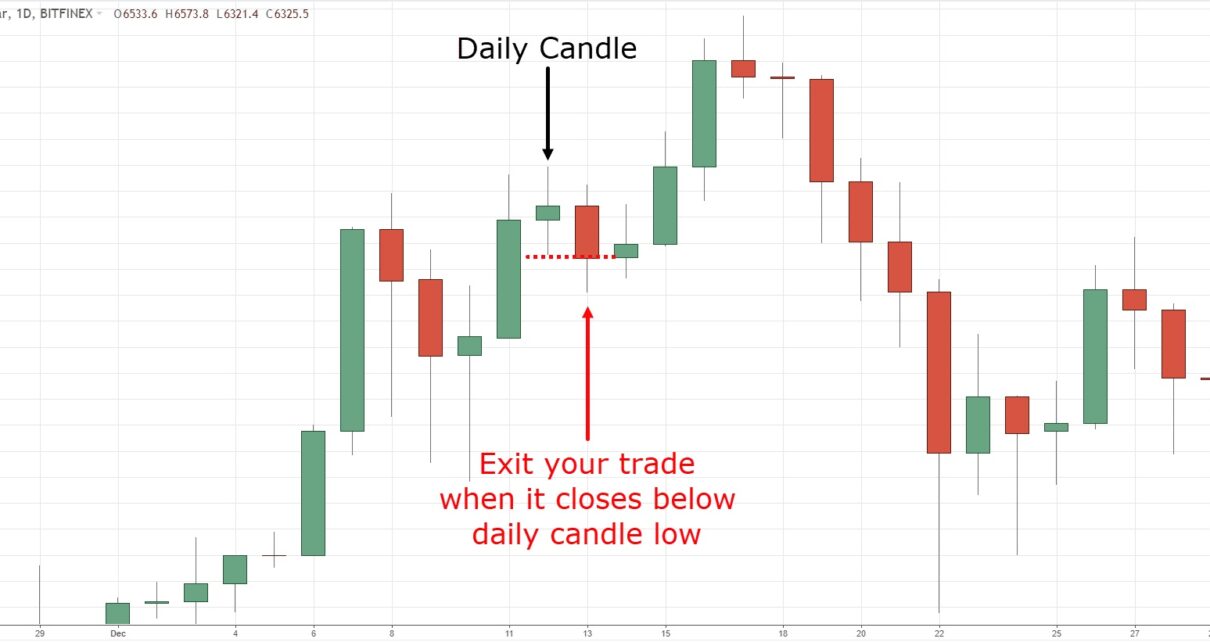Stop loss strategies are an essential part of successful trading and investing. They help minimize losses and protect capital in volatile markets. There are various stop loss strategies commonly used by traders to manage risk effectively. In this article, we will discuss some of the popular stop loss strategies.
1. Percentage-Based Stop Loss
The percentage-based stop loss strategy is one of the most widely used approaches. It involves setting a predetermined percentage of the purchase price as the stop loss level. For example, if a trader sets a 5{c991c5c171ccf44e7a65689461feca5898ab8485ea963c8faafaebbb6e8b3e7d} stop loss on a stock purchased at $100, the stop loss order would be triggered if the price falls to or below $95. This strategy allows traders to limit their potential losses while still allowing for some market fluctuations.
2. Volatility-Based Stop Loss
This strategy takes into account the volatility of the market. Traders set their stop loss levels based on the stock’s average true range (ATR) or standard deviation. The idea behind this strategy is that in more volatile markets, wider stop loss levels should be used to avoid being unnecessarily stopped out. Conversely, in less volatile markets, narrower stop loss levels can be used.
3. Moving Average Stop Loss
The moving average stop loss strategy involves using moving averages to determine the stop loss levels. A common approach is to use the 50-day moving average as a trailing stop loss. As the stock price moves up, the stop loss level is adjusted to stay a certain percentage below the moving average. This strategy helps traders capture the majority of a trend while minimizing losses if the trend reverses.
4. Support and Resistance Stop Loss
Support and resistance levels are significant price levels where buying or selling pressure is expected to materialize. Traders often set their stop loss orders just below support levels or just above resistance levels. This strategy aims to prevent unnecessary stop outs due to minor price fluctuations while still providing protection during significant market movements.
5. Breakout Stop Loss
The breakout stop loss strategy is commonly used in conjunction with breakout trading strategies. Traders set their stop loss orders just below the breakout level to limit losses if the breakout fails. This strategy helps traders protect against false breakouts and potential reversals.
6. Trailing Stop Loss
A trailing stop loss order adjusts automatically as the stock price moves in the trader’s favor. The stop loss level “trails” a certain percentage or dollar amount below the highest price achieved since the trade was initiated. This strategy allows traders to lock in profits while still allowing for potential upside.
In conclusion, stop loss strategies are vital tools for managing risk in trading and investing. The choice of strategy depends on various factors like market conditions, volatility, and personal preferences. It is essential to choose a stop loss strategy that aligns with your trading style and risk tolerance. Remember, no strategy guarantees success, but implementing effective risk management can greatly improve your chances of long-term profitability.





